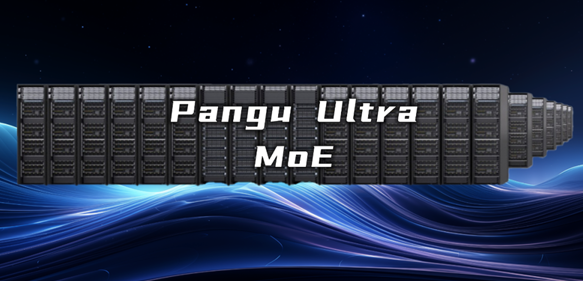Huawei's Ascend Model Solves Complex Math in Seconds Without GPUs
Huawei has made waves in the AI industry with its latest innovation—a large-scale model that tackles complex mathematical problems in mere seconds, all without the need for GPUs. The "Ascend + Pangu Ultra MoE" system, featuring a mixture-of-experts (MoE) architecture with nearly one trillion parameters, recently demonstrated its prowess by solving a higher mathematics problem in just two seconds.
A Leap in Computational Efficiency
The breakthrough stems from Huawei's ability to optimize parallel strategies and computational communication, significantly boosting cluster training efficiency. According to the company's technical report, engineers achieved this by refining communication mechanisms and load balancing strategies on the CloudMatrix384 super node. These improvements nearly eliminated expert parallel communication overhead while ensuring balanced computational loads.

Doubling Down on Single-Node Performance
Beyond cluster-level enhancements, Huawei also focused on maximizing single-node computing power. By optimizing training operator execution, the team doubled micro-batch sizes and resolved inefficiencies in operator distribution. This means the system can handle more complex tasks with existing hardware, reducing dependency on external components like GPUs.
Implications for AI Development
The advancements don’t just benefit Huawei—they pave the way for more efficient training of large-scale AI models across the industry. With faster processing and reduced hardware constraints, researchers and developers could accelerate innovation in fields like scientific computing, natural language processing, and autonomous systems.
Could this mark a shift toward GPU-independent AI training? Huawei’s progress suggests it’s not just possible but already happening.
Key Points
- Huawei's Ascend model solves advanced math problems in two seconds without GPUs.
- Optimizations in parallel strategies and load balancing cut communication overhead to near zero.
- Single-node performance improvements doubled micro-batch sizes.
- The breakthrough could reduce reliance on GPUs for large-scale AI training.